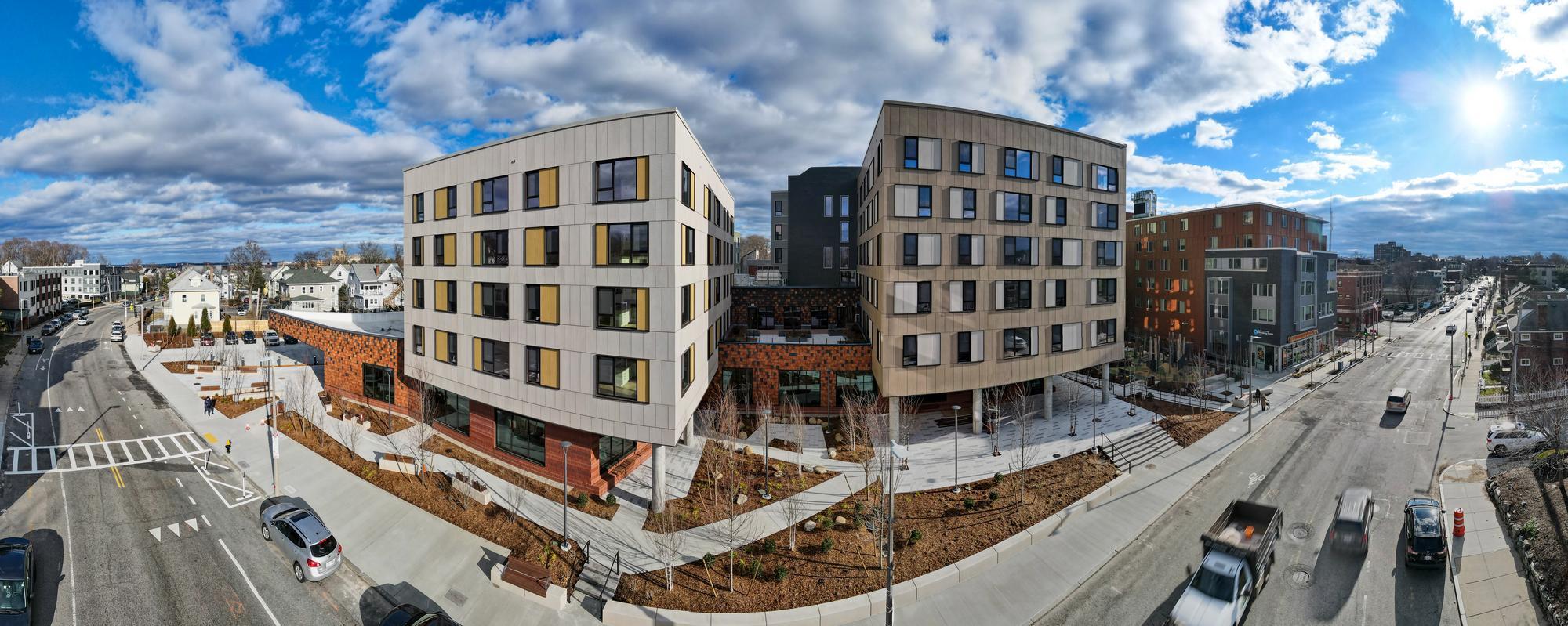Designing Light-Frame Wood Structures Over Podiums: Wind Considerations
Sub Title Goes Here
This course highlights wind design considerations for mid-rise light-frame wood buildings over concrete podiums, a common structural configuration in urban residential development. Through an abbreviated design example, participants will explore code requirements, design strategies, and material performance considerations of a sample shear wall in a high-wind, low-seismic region, based on ASCE 7-22 and the 2024 IBC. This course emphasizes critical code interpretation, common design pitfalls, and real-world considerations to ensure structural safety, durability, and code-compliant design.
This webinar will serve as both a primer and a bridge to more comprehensive guidance. A newly published design example, which complements this presentation, will also be shared with attendees.
- Location:
- Online
- Date/Time:
- November 13 2025 | 1:00pm-2:00pm ET
- Credits:
- Attendees can earn 1.0 AIA/CES HSW LU, 1.0 PDH credit or 0.10 ICC credit
Bonus content – Attendees are invited to stay after for the webinar for a non-accredited bonus session featuring WoodWorks Partner Freres Engineered Wood for a manufacturer Q&A. Learn more about their products and services and how they can be a resource on your next project.
Speakers

Alex Dukeman, PE | WoodWorks
Alex is a Licensed Professional Engineer in Colorado. She received a Bachelor of Science in Civil Engineering – Structures from the University of Alabama and a Master of Science in Civil Engineering –Structures from Colorado State University. Alex joined WoodWorks with over a decade of experience as a project engineer, passionate about cultivating the next generation of engineers and building lasting relationships with project partners. She has extensive expertise in multi-family wood design, having worked on numerous multi-family, mixed-use, and senior living projects throughout Colorado.

Taylor Landry, PE, MLSE | WoodWorks
Taylor is a licensed professional engineer with a broad range of structural engineering experience. Having worked in a traditional consulting role focusing on low and mid-rise structures and with an engineered wood products supplier working on complex custom homes, he developed a specialty in light wood-frame and mass timber construction. Taylor received a Bachelor of Science degree from Worcester Polytechnic Institute and a Master of Engineering from The University of Connecticut.
